5 Ways To Improve Your Scientific Management Approach
In today's day and age, plain old management theories don't work as effectively. With a millennial and remote workforce at hand, organizations need to adopt some stronger measures. Hence, the need for modern scientific management arises.
The concept of scientific management served as the foundation for how work is done in today's workplace. It changed the way businesses operate on a regular basis with the support of their employees.
But the current era, however, has a quite different perspective. It is people-focused and prioritizes employee experience more than anything else. Thus, managers need to get on board this trend and help employees be more productive and happy at work through using research-backed methods.
Without further ado, let's get started on the basics.
What is Scientific Management?
Scientific management is the application of science in management to improve workplace efficiency and employee productivity. And by science, we mean the application of analysis and measuring work rate in a workplace.
Another term for it is Taylorism. The name was inspired by Frederick W. Taylor, who first advocated for the use of science-backed methods to manage people better.
The main focus of this management practice is to-
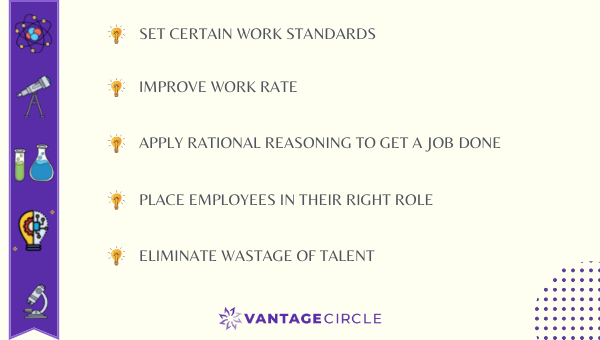
The research done on scientific management opened up crucial ways to improve the work culture. It also enhanced the interaction between employees and employers.
How did the idea start? Let us have a look at it.
The History of Scientific Management

The industrial revolution brought significant changes in the ways people used to work. Prior to that, skilled laborers used to do work in the way they thought best. There was no relationship between factory owners and workers. The workers used to complete their job so that they never got fired.
However, things were about to change. A mechanical engineer named Frederick Winslow Taylor was interested in understanding the type of work done in factories. During his study, he made some drastic observations, like-
-
Owners and managers knew little about their workshops
-
There was no cooperation between management and workers
-
Managers were never open to planning and training
These observations made him realize that there was so much room for improvement. He made the conclusion that-
-
Workers should get a "fair day's pay for a fair day's work."
-
Productivity would increase if jobs were optimized and simplified
-
Training should take place, and an individual should be handed the right role based on their skills
-
Job components should be broken down into parts and determine the efficient way to work
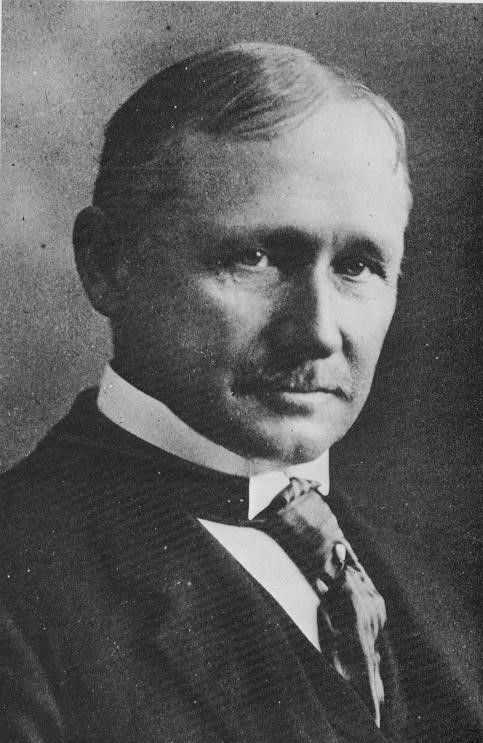
His groundbreaking studies made him the Father of Scientific Management. Based on his studies, in 1909, he also published a book called The Principles of Scientific Management.
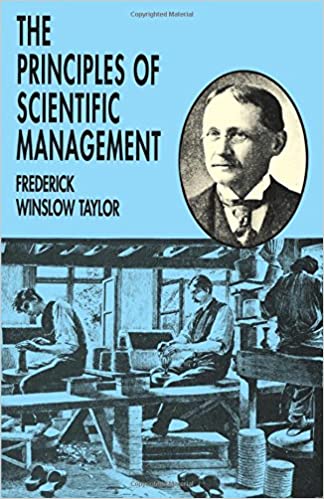
(The Principles of Scientific Management)
What consists of these principles? We will have a look at that as well.
But first, we need to know the other persons involved in evolving the scientific management theory.
Frank and Lillian Gilbreth, pioneers in the field of management, were also interested in worker productivity. They conducted their research around the same time as Taylor. But their approach was different. Instead of focusing on Taylor's findings, they focused on worker welfare and motivation. Their study was known as Time and Motion study. It consisted of-
-
Using films to analyze worker activity
-
Breaking tasks into discrete elements and record the time to complete each element
This way, leaders were able to predict the most efficient way to complete a particular job. The study compromised efficiency with employee wellbeing.
The films made by the Gilbreth's were also used for training purposes for better productivity. Recruits were shown the effective ways of completing a job with the help of the films. Its purpose was to improve the approach of the employees towards their job.
Their research, along with Taylor's, provided many important pointers that helped in the improvement of work culture.
The 4 Principles Of Scientific Management
Principles are the basis through which we guide ourselves. Without its existence, we might lack vision and goals. In the same way, the management practice needed few principles as its base. And the main principles involved in the study were-
1. Not the rule of thumb method but science!
The principle states that workers should not stick to a monotonous routine. They should experiment with how to do things in different ways. Workers should be more open towards innovation to make work simpler, quicker, and easier.
2. Focus on harmony!
According to this principle, the work environment should make room for good employer-employee relationships. In doing so, Taylor believed, there will be fewer chances of conflicts and increased efficiency.
3. Improve Cooperation!
With this principle, Frederick W. Taylor believed that workers must carry out work with mutual understanding and cooperation. He also suggested that there should be some standards to determine the quality of work. This will increase involvement and make the employees more responsible.
4. Assigning the right role for greater efficiency!
The principle encouraged organizations to focus on providing training right from the selection of candidates. It should also be kept in mind that each individual should be allotted the job according to their interest and skill. Such an approach will help in increasing the productivity and enthusiasm of the employees.
Improving the use of scientific management in the modern workplace
1. Be more employee-centric

The working patterns have changed drastically in the 21st century. With the help of modernization, we brought about the necessary changes.
Out of all the changes that have emerged, one thing has gained significant traction- an employee-centric work culture.
If you are a business owner and lack an employee-centric work culture, then it is right time you must have one. Because to run a successful business, you will need a happy and satisfied workforce. And that is only possible when you have a culture that suits the employees. But the question is, how to actually attract and retain skilled talents?
Create a work culture that they will embrace. They should feel at ease, appreciated, and develop a sense of belonging. To provide such a culture, you can-

Remember that the work culture has the strength to make or break your business. Improving it will do wonders and help you achieve success.
2. Recognize your employees

During the industrial revolution, the concept of recognition was non-existent. Businesses and workplaces used to operate in their conventional ways. They had little or no idea about how to improve the efficiency of the employees.
However, in the present scenario, the picture has changed drastically. Recognition has now become an integral part of an organization. Without recognition programs, it is difficult to sustain a workforce in the long run.
And with the help of recognition, you can elevate your efforts of implementing good scientific management practices. It can include the following-
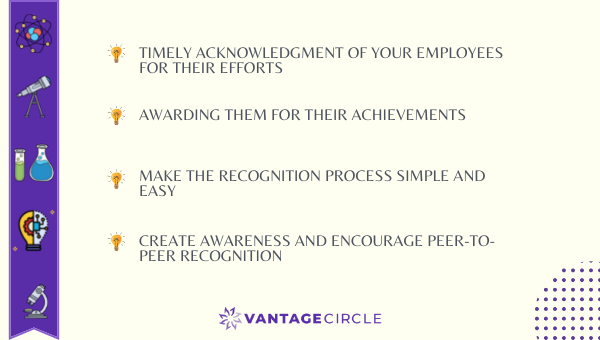
As a leader, understand how the dynamics change with time and adapt to it. Automate your process and encourage everyone in the organization to participate in the process.
Recommended Resource: A Complete Guide To Employee Recognition
3. Make room for fun at the workplace

As discussed earlier, the management study focused on how to improve employee effectiveness. Taylor successfully pointed out the shortcomings of a workplace and improved it with time.
However, that was not enough considering the rapid changes in the present world. Employees must learn things, improve themselves and adapt to changes quickly.
But it comes at a cost. And that cost is high levels of employee turnover or burnout.
During the pandemic, the burnout levels rose to around 72%.
Such situations have a negative effect on the organizational bottom line. To avoid it, you need to incorporate the element of fun at the workplace.
As a leader, you need to understand work is not only about completing projects and meeting deadlines. It is much more than that. The employees need time to cool off and refresh their minds from time to time. And to indulge everyone in fun activities, you can-
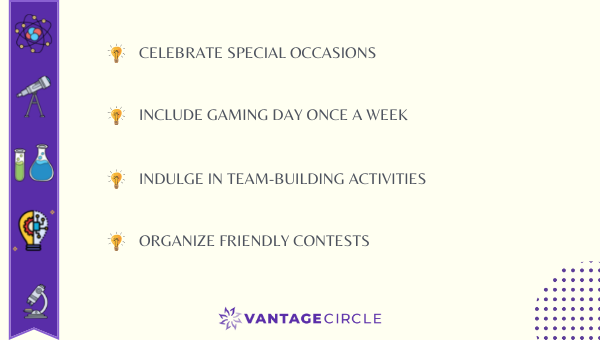
The ideas can be varying, but the main focus should be on having fun. Employees should enjoy it and destress as much as they can. This will improve team engagement and foster creativity and innovation.
4. Focus on employee wellbeing

The management study was essential for the necessary changes in workplaces. However, it did not provide much emphasis on employee wellbeing. But with the current COVID-19 pandemic, the wellbeing of employees has become a top priority.
Employees are facing high levels of stress and mental issues faced by the employees. Over 75% reported partial disruptions to workplace mental health services during the pandemic.
Addressing these issues has become necessary to maintain sanity and morale. As a leader, if you are failing to do so, then it will only increase the difficulties of your employees and hamper their performance.
To improve your efforts in facilitating good employee wellbeing, you can-

89% of workers at companies that support wellbeing initiatives are more likely to recommend their company as a good place to work. Now that is a statistic worth considering and supports our stance that employee wellbeing is crucial.
5. Provide the desired benefits

Scientific management was all about improving the productivity and capability of the employees. And in the present era, to boost that effort, it has become essential to provide benefits for the employees.
As a leader, remember that the benefits should be cost-effective and employee-centric. Be strategic with your approach and ask your employees what they want.
To have a clear insight into their needs, conduct surveys that will point out the critical areas. Make yourself aware of the modern benefits and be aware of the benefits benchmarks. Designing a competitive benefits package is now crucial to retaining your top employees.
You can include benefits like-
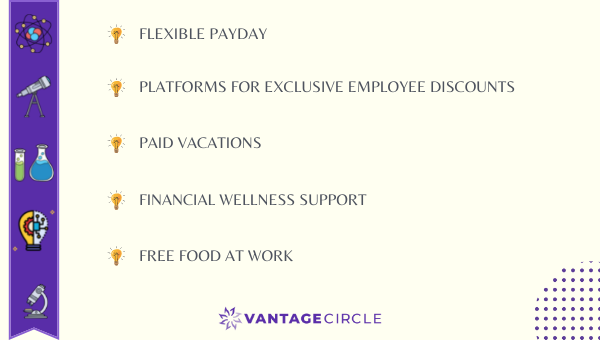
These are a few of the ideas you can choose. The rest depends on the company budget and what the workforce requires from the management.
Read more: Employee Benefits & Compensation Ideas for Your Workforce
Summing it Up
The modern ways are easier and hassle-free. But it is crucial to understand how it revolutionized with time. As a leader, gain the necessary knowledge and make the most out of the management study. It will give you an upper hand while facilitating a good work culture.

















